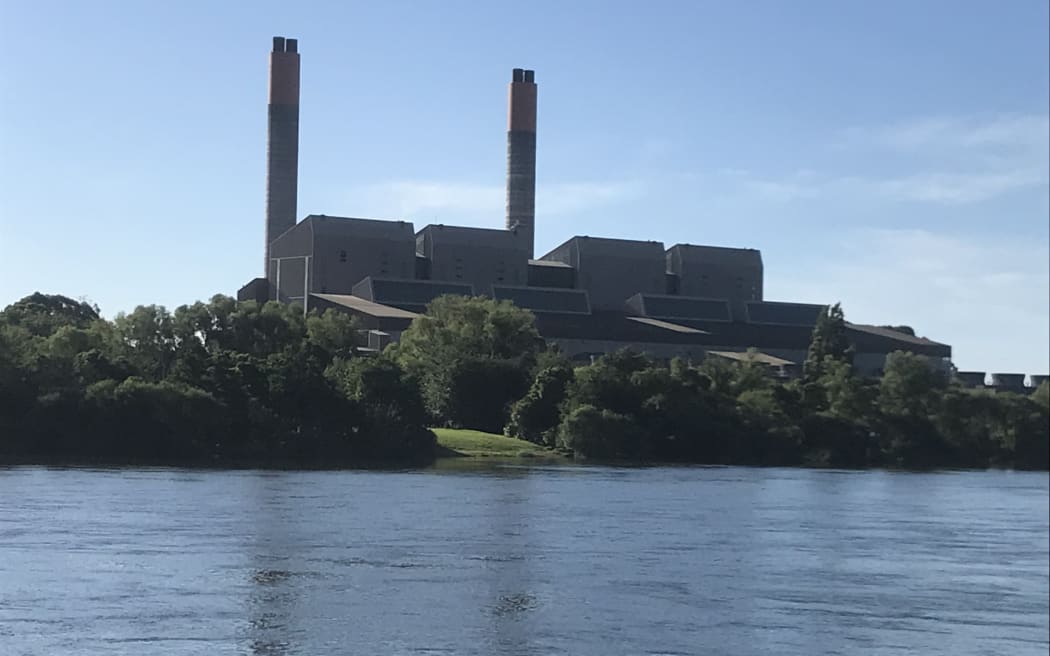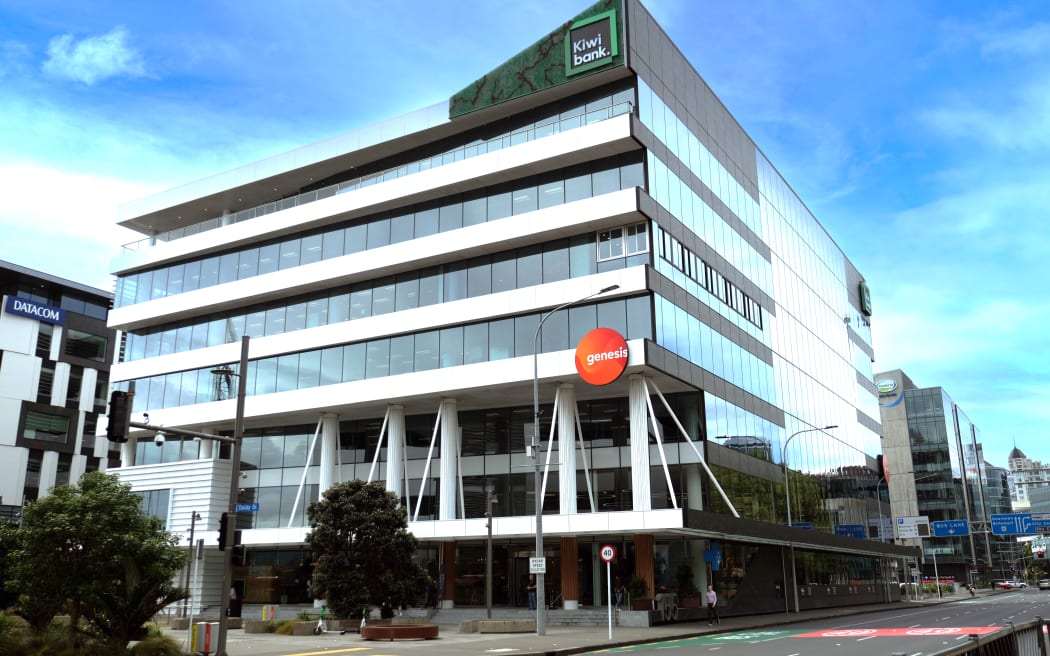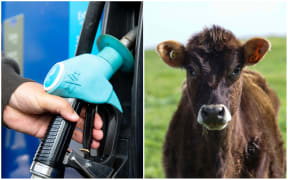
Genesis Energy chief executive Malcolm Johns said the Huntly power station would still be needed for peak demand. Photo: RNZ
Genesis Energy has committed itself to being a virtually all renewable power generator over the next decade by using the earnings from its Kupe gas field to support a $1.1 billion programme of renewable projects.
The country's third largest power generator will build solar and wind generation, and grid scale battery storage to cut the use of fossil fuels as it plans to more than double its energy portfolio to about 8300 gigawatt hours (GWh).
Chief executive Malcolm Johns said its Huntly power station would still be needed for peak demand, but its use of coal would be reduced and replaced with biomass and possibly hydrogen in the future, while gas would be needed for the transition.
"Huntly Power Station is a generation site of national value that will ensure electricity flows uninterrupted as demand increases and the sector builds new renewables," Johns said in a presentation to an investor day, launching the strategy dubbed Gen35.
"The size and scale of the transition is known. The demand growth is less clear but there is no market segment or political constituency for cold showers by candlelight."
It was logical for Huntly to support the transition to renewable energy, Johns said.
"Huntly is a portfolio of assets, fuels and unique human skills, available to secure the grid today and fill the portfolio option in the NZ Battery project.
"It is a logical and cost-effective option to support the country through the energy transition and beyond. It already delivers hundreds of jobs to regional New Zealand and can use fuels procured from within New Zealand."
Renewables
Johns said the company had a target of 95 percent renewable generation by 2035, which would be needed to electrify the economy and achieve zero-carbon goals by 2050.
"New Zealand needs to move from 40 percent of energy drawn from electricity today to more than 70 percent by 2050. That means electrifying our homes and businesses much faster than we are currently.
"On the demand side, we will be focused on partnering with our customers to accelerate electrifying how they live, work and move.
"On the supply side, this includes optimising existing generation assets to take them deeper into the transition, developing more renewables and investing in grid scale firming and flexible generation."

The country's third largest power generator will build solar and wind generation, and grid scale battery storage to cut the use of fossil fuels . Photo: Supplied
Central to the investment in new solar and wind projects would be the earnings from its 46 percent share of the Kupe gas field - estimated at around $290 million free cash between 2025 and 2030, with declining earnings after that towards it expected decommissioning in 2036.
The company's dividend policy has been updated to ensure the Kupe earnings go into renewables projects.
Genesis forecast the strategy will drive growth in earnings, with operating earnings of $500m in the 2025 financial year and the mid-high $500m range in the following three years.
In the current financial year it has maintained the underlying profit forecast at $430m, with $380m in expenses, capital spending of about $165m, and a dividend of 14 cents a share.




